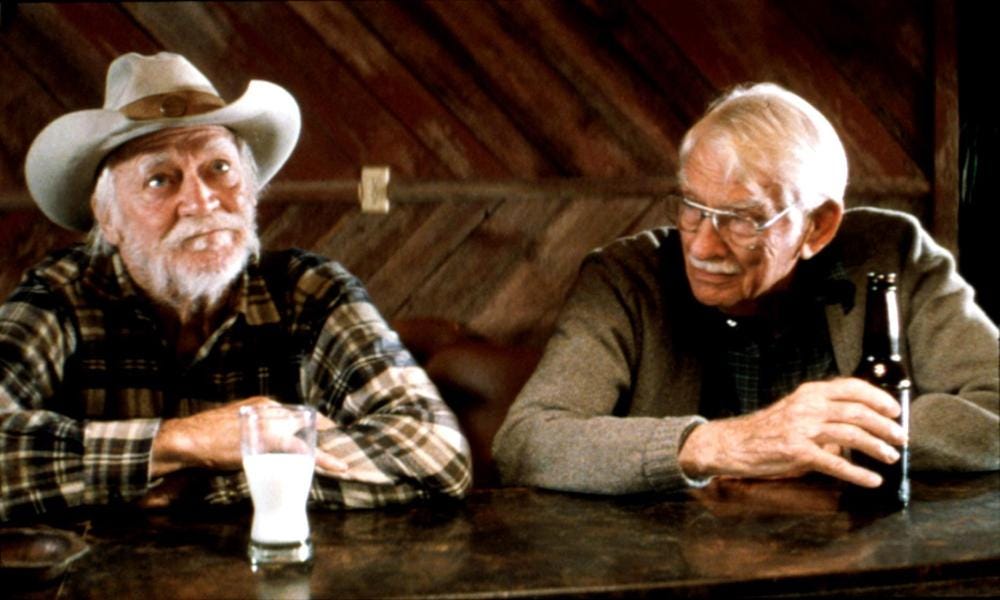Lynch and space
On interiors and furniture in the departed director's oeuvre
David Lynch, visionary director, former Philadelphian and master of space died the other week. He lived until 78, smoked something like a pack of cigs (Spirits) a day, for decades, for seven years had a Bob’s Big Boy milkshake every lunch (he said he quit drinking them when he went into the dumpster, read the ingredients and saw they we…
Keep reading with a 7-day free trial
Subscribe to SNAKE to keep reading this post and get 7 days of free access to the full post archives.

